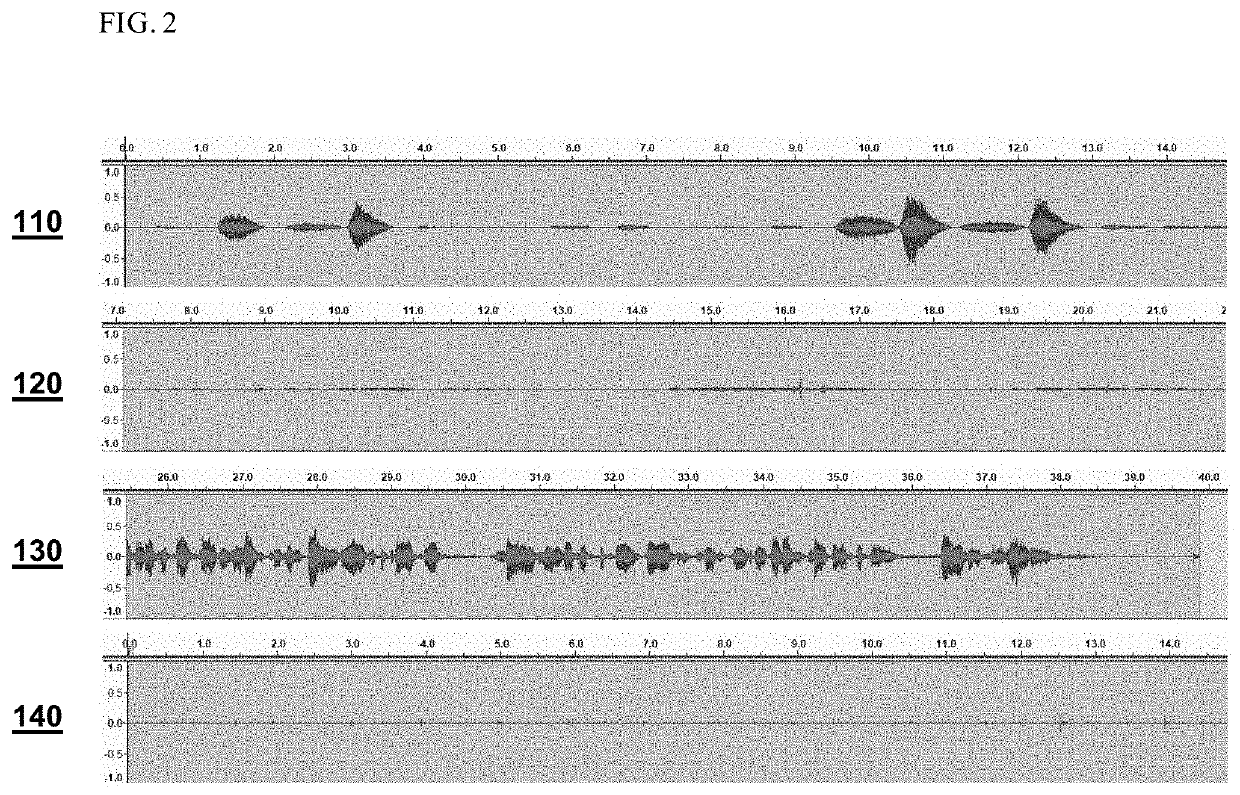Bruxism detection and correction device
a correction device and bruxism technology, applied in the field of bruxism detection and correction devices, can solve problems such as migraines and headaches, noise created by bruxism, and damage to the temporomandibular joint, and achieve the effects of not only alleviating the physical damage to teeth, not causing drooling, and comfortable wearing for extended periods of tim
- Summary
- Abstract
- Description
- Claims
- Application Information
AI Technical Summary
Benefits of technology
Problems solved by technology
Method used
Image
Examples
Embodiment Construction
[0015]Reference is made herein to the attached drawings. Like reference numerals are used throughout the drawings to depict like or similar elements of the invention. For the purposes of presenting a brief and clear description of the present invention, a preferred embodiment will be discussed as used for reducing instances of bruxism. The figures are intended for representative purposes only and should not be considered to be limiting in any respect.
[0016]In physics, sound is a vibration that propagates as an acoustic wave, through a transmission medium such as a gas, liquid or solid. Sound can propagate through a medium such as air, water and solids as longitudinal waves and also as a transverse wave in solids.
[0017]In normal hearing, sound travels in waves through the air into the ear and ultimately reaches the eardrum. On the other side of the eardrum, three small bones transmit the vibration to the cochlea, which converts the sound waves into electrical impulses that are sent a...
PUM
 Login to View More
Login to View More Abstract
Description
Claims
Application Information
 Login to View More
Login to View More - R&D
- Intellectual Property
- Life Sciences
- Materials
- Tech Scout
- Unparalleled Data Quality
- Higher Quality Content
- 60% Fewer Hallucinations
Browse by: Latest US Patents, China's latest patents, Technical Efficacy Thesaurus, Application Domain, Technology Topic, Popular Technical Reports.
© 2025 PatSnap. All rights reserved.Legal|Privacy policy|Modern Slavery Act Transparency Statement|Sitemap|About US| Contact US: help@patsnap.com



